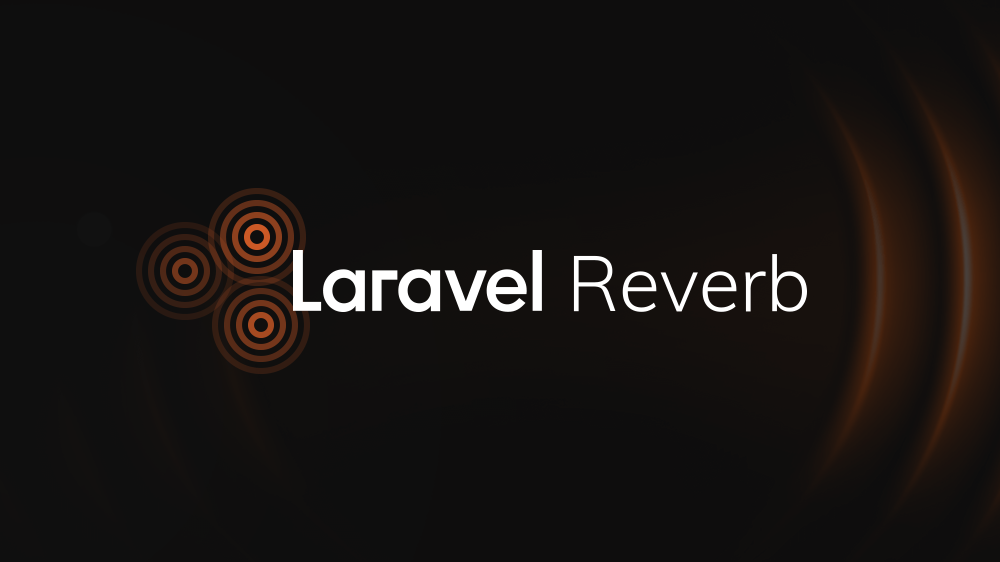Laravel, a framework that constantly evolves to meet developers' needs, introduces Laravel Reverb, a new tool for real-time broadcasting and data synchronization. If you’re looking to build dynamic, real-time web applications, Reverb might be the game-changer you’ve been waiting for.
In this blog post, we’ll explore what Laravel Reverb is, how it works, and why it’s an exciting addition to the Laravel ecosystem.
What is Laravel Reverb?
Laravel Reverb is a package designed to make broadcasting events and syncing data between the server and client-side applications easier than ever. Think of it as a bridge between Laravel and frontend frameworks like Vue, React, or even plain JavaScript, enabling real-time updates without unnecessary complexity.
With Reverb, you can broadcast updates, notifications, or any type of event to clients over WebSockets or other supported drivers with minimal setup.
Key Features of Laravel Reverb
1. Simple Integration
Reverb seamlessly integrates with Laravel's existing event and broadcasting system, reducing the learning curve for developers already familiar with Laravel.
use Illuminate\Support\Facades\Reverb;
Reverb::broadcast('order.updated', [
'order_id' => 123,
'status' => 'shipped',
]);The above example broadcasts an order.updated event to all subscribed clients, keeping them instantly updated.
2. Supports Multiple Drivers
Reverb is driver-agnostic, meaning you can choose the technology that best suits your application. Supported drivers include:
Pusher
Ably
Redis
Socket.IO (with Laravel Echo)
This flexibility allows you to scale your real-time functionality without being locked into a specific service.
3. Client-Side Simplicity
Reverb works seamlessly with Laravel Echo, making it easy to listen for events on the frontend. Here’s how you can subscribe to an event in JavaScript:
import Echo from 'laravel-echo';
window.Echo.channel('orders')
.listen('order.updated', (data) => {
console.log('Order Updated:', data);
});The combination of Reverb and Echo ensures that client-side updates are as smooth and responsive as possible.
4. Automatic Presence and Typing Indicators
Building real-time collaborative features like chat apps or live dashboards is effortless with Reverb’s built-in support for presence channels. For example:
Presence channels allow you to track which users are online or active in a specific channel.
Typing indicators can be added easily for chat or form interactions.
5. Optimized for Performance
Laravel Reverb optimizes broadcasting by reducing unnecessary overhead, ensuring minimal latency and efficient resource usage. Whether you’re managing a few connections or thousands, Reverb scales effectively to meet your needs.
When Should You Use Laravel Reverb?
Laravel Reverb is perfect for applications that require real-time updates or user interactions, such as:
Chat Applications: Build interactive chat systems with typing indicators and message delivery in real-time.
Live Notifications: Notify users about updates like order statuses, messages, or alerts instantly.
Collaborative Tools: Enable multiple users to work on the same document or project with real-time syncing.
Live Dashboards: Display real-time analytics, stock prices, or status updates.
Gaming: Sync game states or leaderboards in real-time.
Getting Started with Laravel Reverb
Step 1: Install the Package
First, add Laravel Reverb to your project via Composer:
composer require laravel/reverbStep 2: Configure the Broadcasting Driver
Update your config/broadcasting.php file to set your preferred driver, such as Pusher or Redis.
'default' => env('BROADCAST_DRIVER', 'pusher'),Ensure the necessary credentials and configurations are added to your .env file.
Step 3: Broadcast an Event
Define and broadcast events in Laravel using Reverb’s fluent API.
use Illuminate\Support\Facades\Reverb;
Reverb::broadcast('user.logged_in', [
'user_id' => 1,
'name' => 'John Doe',
]);Step 4: Listen for Events on the Frontend
Set up Laravel Echo on your frontend to subscribe to the broadcasted events and handle updates dynamically.
window.Echo.channel('users')
.listen('user.logged_in', (data) => {
alert(`${data.name} has logged in!`);
});Why Laravel Reverb Matters
Laravel Reverb simplifies the complex process of real-time broadcasting, enabling developers to focus on building features rather than infrastructure. With its tight integration into Laravel and support for multiple drivers, Reverb ensures your application is both robust and flexible.
Conclusion
Laravel Reverb is a powerful addition for developers building real-time applications. Whether you’re creating a live chat, updating dashboards, or managing notifications, Reverb makes broadcasting events straightforward and efficient.
Start using Laravel Reverb today and unlock the potential of real-time web applications. Have questions or tips? Let us know in the comments below!





